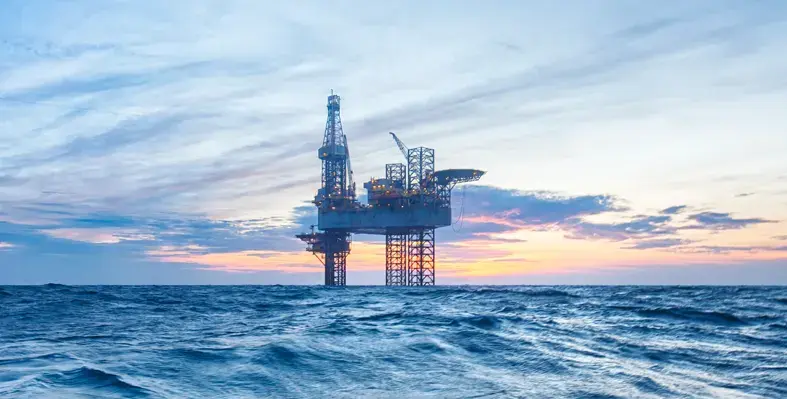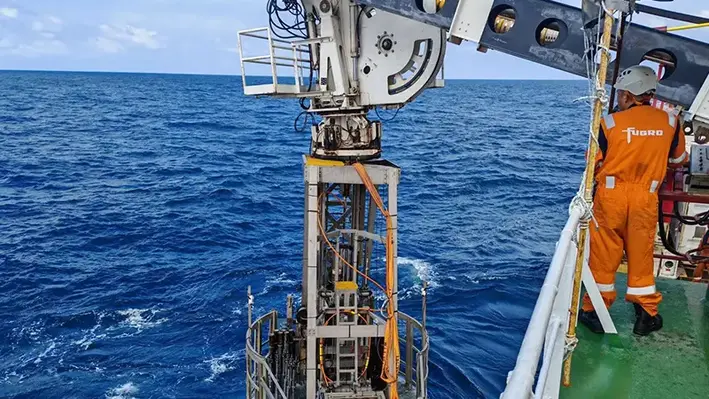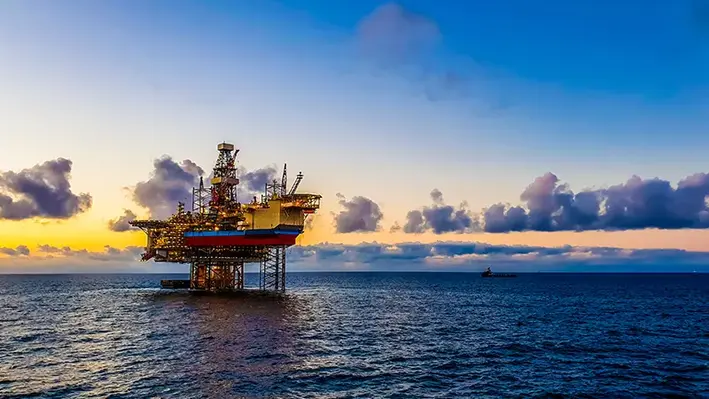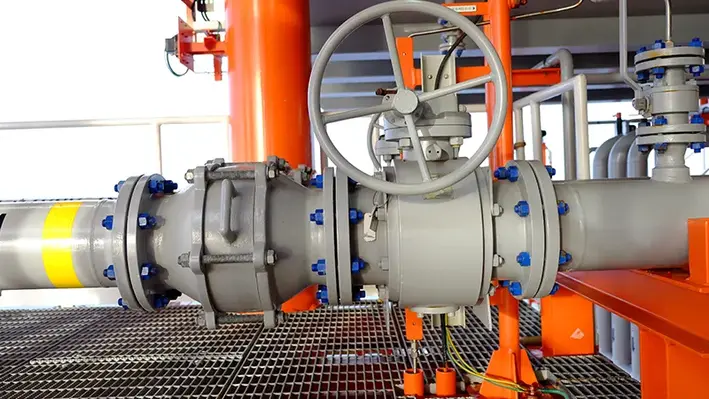
Serica Energy plc has announced the signing of an agreement to acquire BP’s entire stake in the P111 and P2544 licences in the UK Central North Sea, pending the waiver of applicable pre-emption rights.
The Proposed Acquisition includes a 32% non-operated interest in the P111 licence, home to the Culzean gas condensate field, and the adjacent P2544 exploration licence.
Culzean, operated by TotalEnergies, is currently the largest single producing gas field in the UK North Sea.
Under the joint operating agreement, the Proposed Acquisition is subject to a 30-day pre-emption period, during which partners TotalEnergies (49.99%) and NEO NEXT (18.01%) may acquire BP’s stake on the same terms. Updates will follow as appropriate.
Chris Cox, Serica's CEO, stated, “Should this transaction complete, it would deliver a step-change for Serica, adding material production and cash flows from the largest producing gas field in the UK. Culzean is a world-class asset, delivering gas from a modern platform with exceptionally high uptime and low emissions.”
The Proposed Acquisition carries an economic date of 1 September 2025, with an upfront cash consideration of US$232mn, subject to customary working capital adjustments and partially offset by interim post-tax cashflows expected by completion at the end of 2025.
Two additional contingent cash payments are included: one linked to successful results from P2544 exploration, and another tied to changes in the UK ring-fence fiscal regime. Funding will come from interim Culzean cashflows and existing financial resources, including the $525 million Reserve Based Lending facility, with the potential for a new acquisition facility to support the Company’s larger asset base.
Culzean is a mid-life gas condensate field discovered in 2008 and onstream since 2019, producing c.25,500 boepd net to BP in H1 2025 at 98% efficiency.
Remaining net 2P reserves are estimated at c.33 mmboe. Production costs are US$10.7/boe, with one of the lowest carbon footprints in the UK North Sea, well below the sector average of 20 kg CO2/boe. Future infill drilling and licensed exploration offer upside potential.




